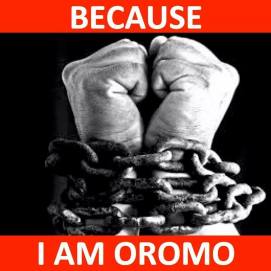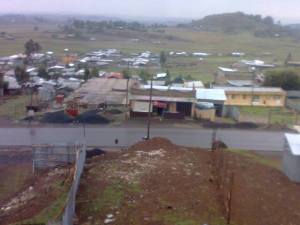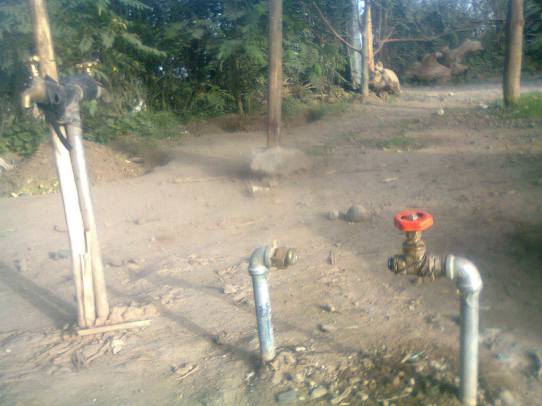Migrants Detail Horrors That Caused Them to Flee

In this picture taken on Saturday June 6, 2015 and made available on Monday, June 8, 2015, provided by Irish Defence Forces, officers of the IrishNavy ship Le Eithne rescue migrants in the Mediterranean Sea. Heartened by recent election successes by an anti-immigrant party, Italian politicians based in the north vowed Sunday not to shelter any more migrants saved at sea, even as thousands more were being rescued in the Mediterranean from smugglers’ boats in distress. (AP Photo/Irish Defence Forces via AP)
Brussels (HRW) – Human rights abuses in their home countries are the driving force behind the surge in
boat migration in the
Mediterranean to reach
Europe, Human Rights
Watch said in a report released today.
EU leaders should put human rights at the heart of its response. EU leaders will meet on June 25 and 26, 2015, to discuss European Commission proposals toward a “European Migration Agenda.”
The 33-page report, “
The Mediterranean Migration Crisis: Why People Flee, What the EU Should Do,”
documents the human rights abuses driving people to make the dangerous sea crossing and the shortcomings of EU migration and asylum policies. The report is based on over 150
interviews in May with recently-arrived migrants and asylum seekers in
Italy – Lampedusa, Catania, and Milan – and
Greece – the islands of Lesbos, Chios, Samos, Leros, and Kos. The conclusions are also based on extensive Human Rights Watch
research in
Syria,
Eritrea,
Afghanistan, and
Somalia – the home countries of many of those arriving by sea.
“The majority of those crossing the Mediterranean are taking terrible risks because they have to, not because they want to,” said
Judith Sunderland, senior Western Europe researcher at Human Rights Watch and author of the report. “Saving lives and increasing safe pathways into Europe should be the EU’s priorities, while ensuring that all cooperation with countries of origin and transit countries respects
international human rights standards.”
Interactive Map (Click to Launch): Migration journeys to the European Union
Over 100,000 migrants and asylum seekers have crossed the Mediterranean since the beginning of 2015. According to the UN refugee agency, UNHCR, over 60 percent of those taking the journey come from Syria, Somalia, and Afghanistan, countries torn apart by war and generalized political violence, or from Eritrea, which is ruled by a highly repressive government. Asylum seekers, including children, from these four countries who arrived in Italy and Greece in May described to Human Rights Watch the indiscriminate fighting, threats from insurgent groups such as the Taliban, Al-Shabaab, and ISIS, forced conscription and recruitment by armed groups, attacks on schools, and other abuses that forced them to flee.
Mubarek, from Parwan, in northern Afghanistan, left the country with his wife and three young sons in March to escape the Taliban. “Every day the Taliban would take people and children for suicide bombings,” he said. “I was worried about my children, my sons, that they would be forced to become suicide bombers.”
While many of those coming from other countries –
Nigeria,
The Gambia,
Senegal,
Mali – want to improve their economic opportunities or to live in more
open and safe societies, some among them may be fleeing persecution or other serious harm. Some migrants who have lived in
Libya since before the current hostilities broke out in May 2014, are fleeing insecurity and violence there.
Every year thousands of unaccompanied children make the journey across the Mediterranean without parents or other caregivers. In 2014, over 10,500 children traveled alone to Italy by sea. In Greece, over 1,100 unaccompanied children were registered in 2014.
The International Organization for Migration has identified the Mediterranean as the world’s deadliest migration route. The EU has recently taken some positive steps to save lives in the Mediterranean, but it remains focused primarily on ways to limit arrivals to European shores. But the severe human rights situations that people are fleeing shows why the EU’s priorities need to change, Human Rights Watch said.
The EU should maintain robust search and rescue operations as long as they are necessary, Human Rights Watch said. It should significantly increase the number of people resettled in the EU under UNHCR
programs from the 20,000 proposed by the European Commission. EU countries should endorse and fully carry out the commission’s proposal to relocate 40,000 asylum seekers within the EU to share responsibility for asylum seekers more equitably across the EU.
UNCHR has asked the international community to resettle at least 130,000 Syrian refugees. The EU has pledged to resettle 45,000 but can respond more generously to the Syrian crisis as well as to other protracted refugee crises, Human Rights Watch said.
The deaths of over 1,000 migrants at sea within a week in April spurred positive, if belated, EU action to step up search and rescue efforts in the central Mediterranean. The EU should sustain this collective effort in the long term to minimize deaths at sea, and ensure that those rescued are brought to safe EU ports where those seeking asylum will have the opportunity for fair consideration of their claims, Human Rights Watch said.
In May the European Commission issued proposals for a “European Agenda on Migration.” The agenda includes some positive steps that if implemented fully – and more generously – could help save lives, ensure safer access to international protection in the EU, and correct distortions in the EU’s asylum system that affect the rights of asylum seekers, Human Rights Watch said. However, most of the commission’s agenda involves reinforcing measures to limit arrivals to the EU.
EU respect for international law and human rights norms should inform and shape its current and
future deliberations on migration and asylum policies as well as its approach to boat migration in the Mediterranean, Human Rights Watch said. The right to life and protection against refoulement – the return to persecution, torture, or ill-treatment – are cornerstone rights of international human rights architecture. In addition to these rights, the European Convention on Human Rights guarantees the rights to liberty and
security, the right to an effective remedy, and the right to privacy and family life. Enshrined in the Universal Declaration of Human Rights and the International Covenant on Civil and Political Rights, the right to leave any country, including one’s own, is key to ensuring the right to seek asylum. This is also guaranteed in the EU’s binding Charter of Fundamental Rights.
In advance of the EU Council on June 25-26, Human Rights Watch said, EU leaders should support farther-reaching proposals to increase safe and legal channels into the EU. These measures should include significantly expanding resettlement for refugees identified by the UNHCR, facilitated family reunification to enable people already in the EU to bring family members there, and the increased use of humanitarian visas to enable people in need of international protection to travel lawfully to the EU to apply for asylum.
Over the long term, the EU should ensure that cooperation with sending and transit countries does not effectively trap people in abusive situations, prevent them from accessing fair asylum procedures, or lead to refoulement. And the EU should use its influence and resources more effectively to address the major drivers of migration, including systematic human rights violations, poverty, inequitable development, weak governance, and violent conflict and lawlessness.
“There are no easy solutions to the terrible abuse and hardship that force people to leave their countries or the cruelty they face on the journeys,” Sunderland said. “This is a difficult challenge for the EU but one where human rights must take center stage.”










